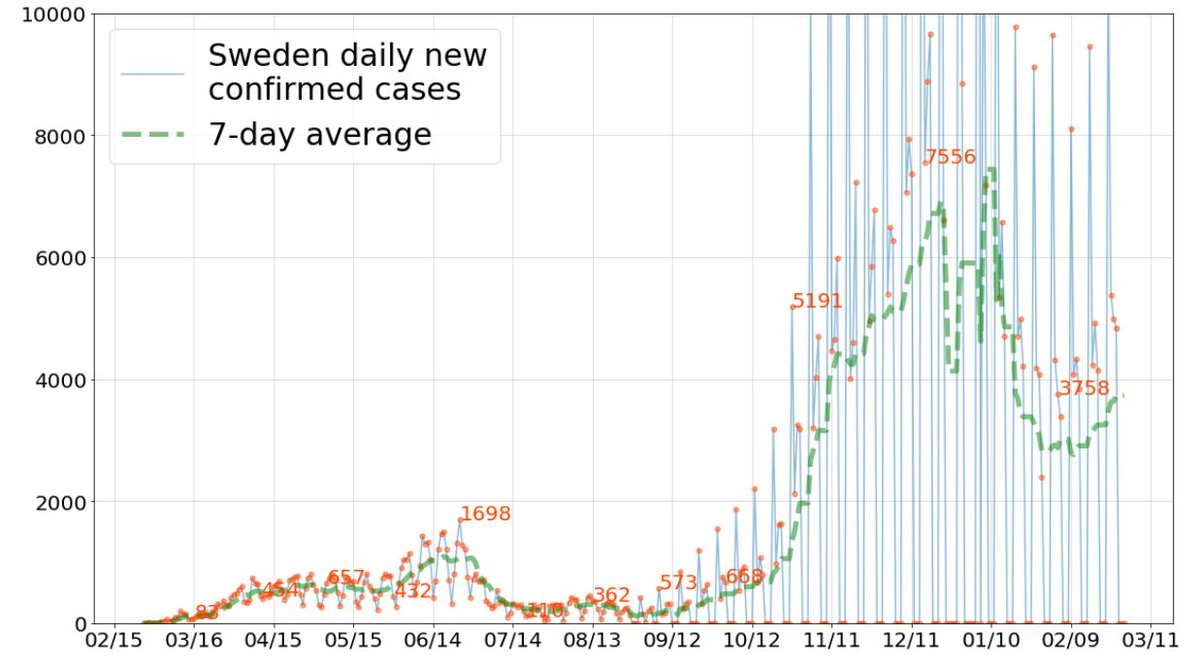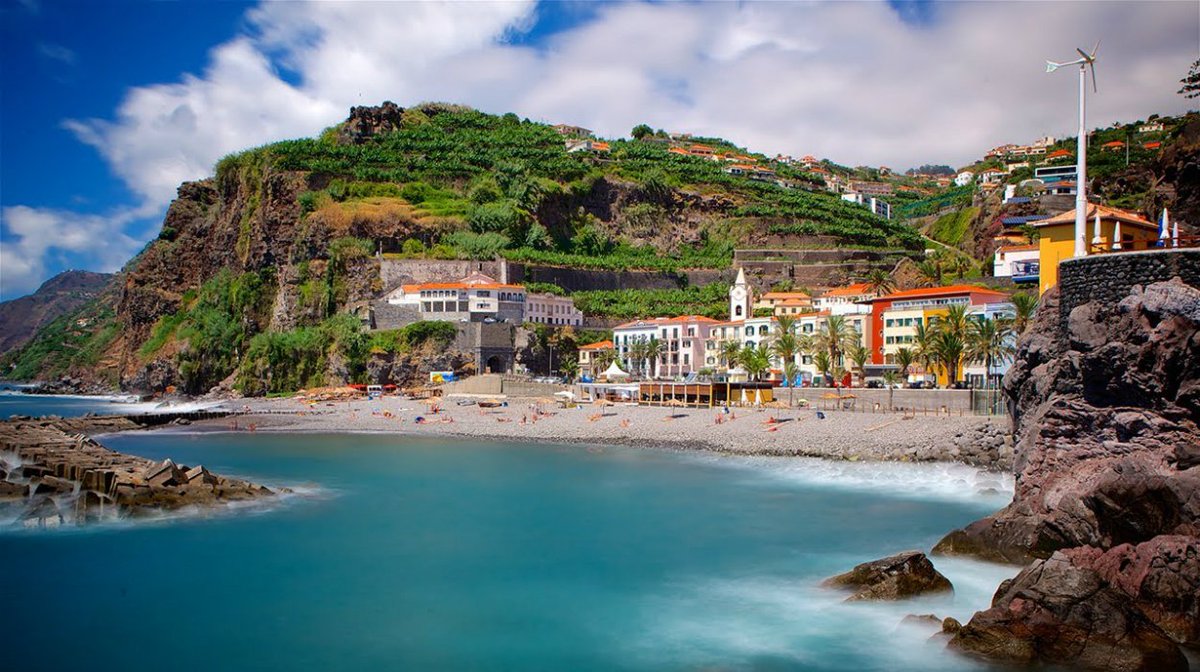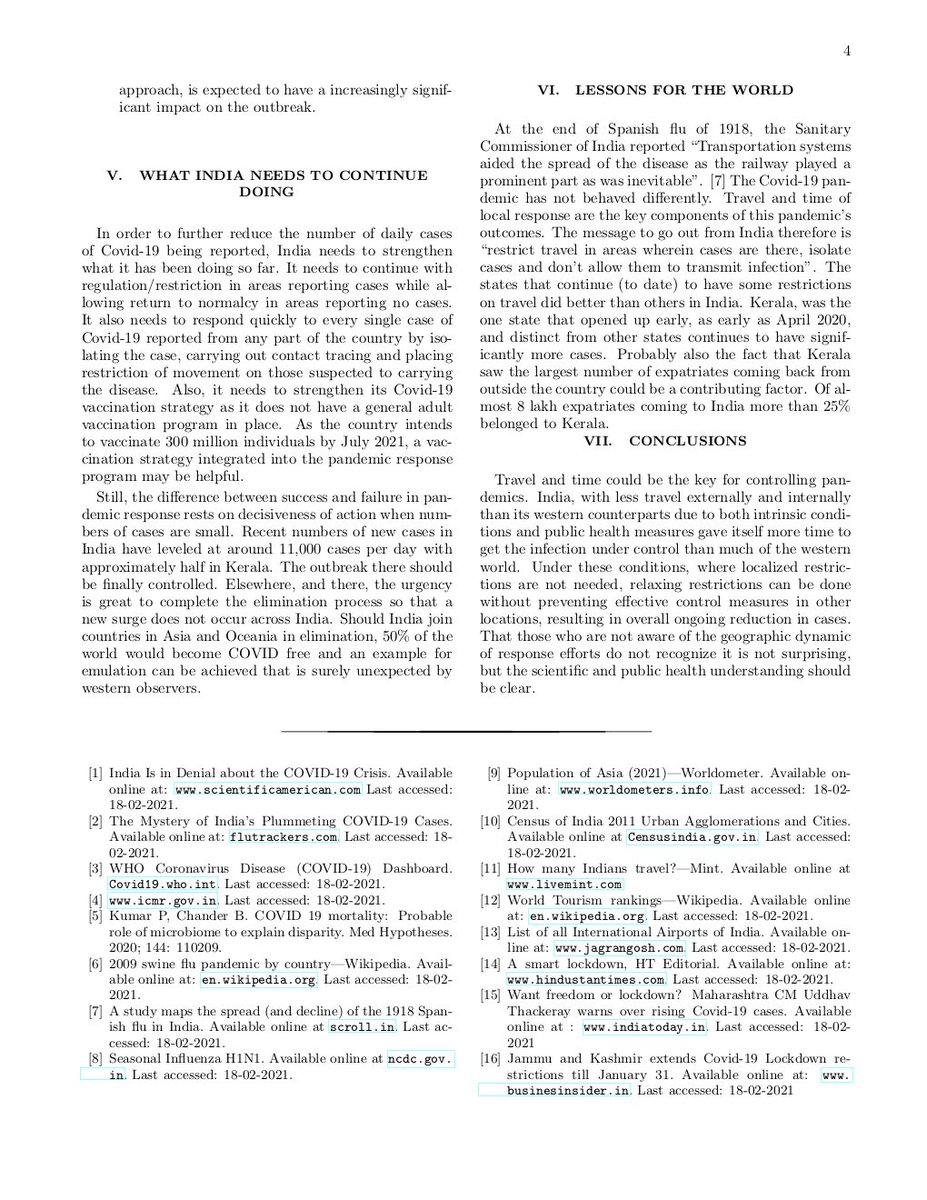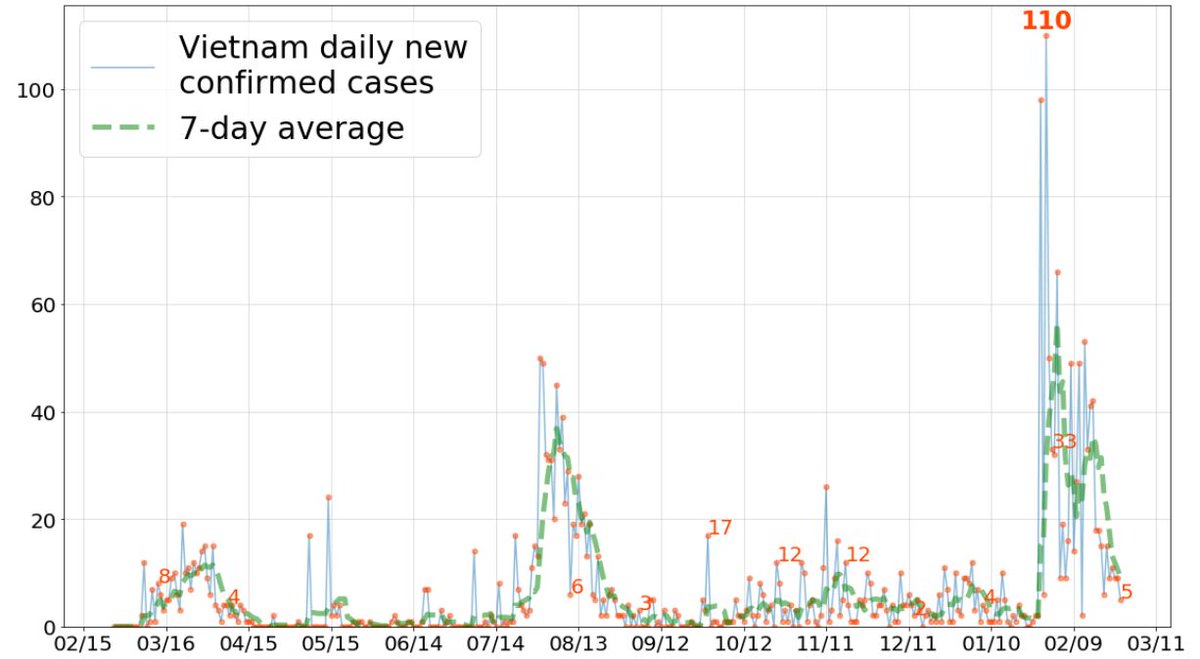
Despite being hit very hard throughout all of 2020, the 7-day averages for both daily cases and daily deaths reach new highs in Brazil. 



Finland imposes a state of emergency order, allowing government officials to impose new restrictions to slow the spread of new variants.
They are currently averaging 560 cases and 2 deaths per day.
reuters.com/article/us-hea…

They are currently averaging 560 cases and 2 deaths per day.
reuters.com/article/us-hea…


Sweden’s response continues to be a failure among Scandinavian countries despite abandoning the herd immunity strategy.
New evidence points to intentional hiding of earlier deaths in school age children with 68% increase in excess mortality.
sciencemag.org/news/2021/03/c…
New evidence points to intentional hiding of earlier deaths in school age children with 68% increase in excess mortality.
sciencemag.org/news/2021/03/c…
Like much of Europe and North America, cases in Sweden are on the rise for a new ‘wave’ of infections, though cases didn’t go down much from recent highs.
Currently reporting 3,700 new cases and 25 deaths per day, however under reporting has been an issue.

Currently reporting 3,700 new cases and 25 deaths per day, however under reporting has been an issue.


Cumulative reported deaths per capita in Sweden are still significantly larger than Nordic neighbors.
Not captured in this figure: the amount of prolonged suffering due to long covid; much of which was easily avoidable.
Not captured in this figure: the amount of prolonged suffering due to long covid; much of which was easily avoidable.

A similar trend is seen in all-cause mortality. Most Nordic countries reported no significant change in excess deaths in 2020, compared to those of 2015-2019. Sweden’s excess deaths are highly significant. 

• • •
Missing some Tweet in this thread? You can try to
force a refresh





















